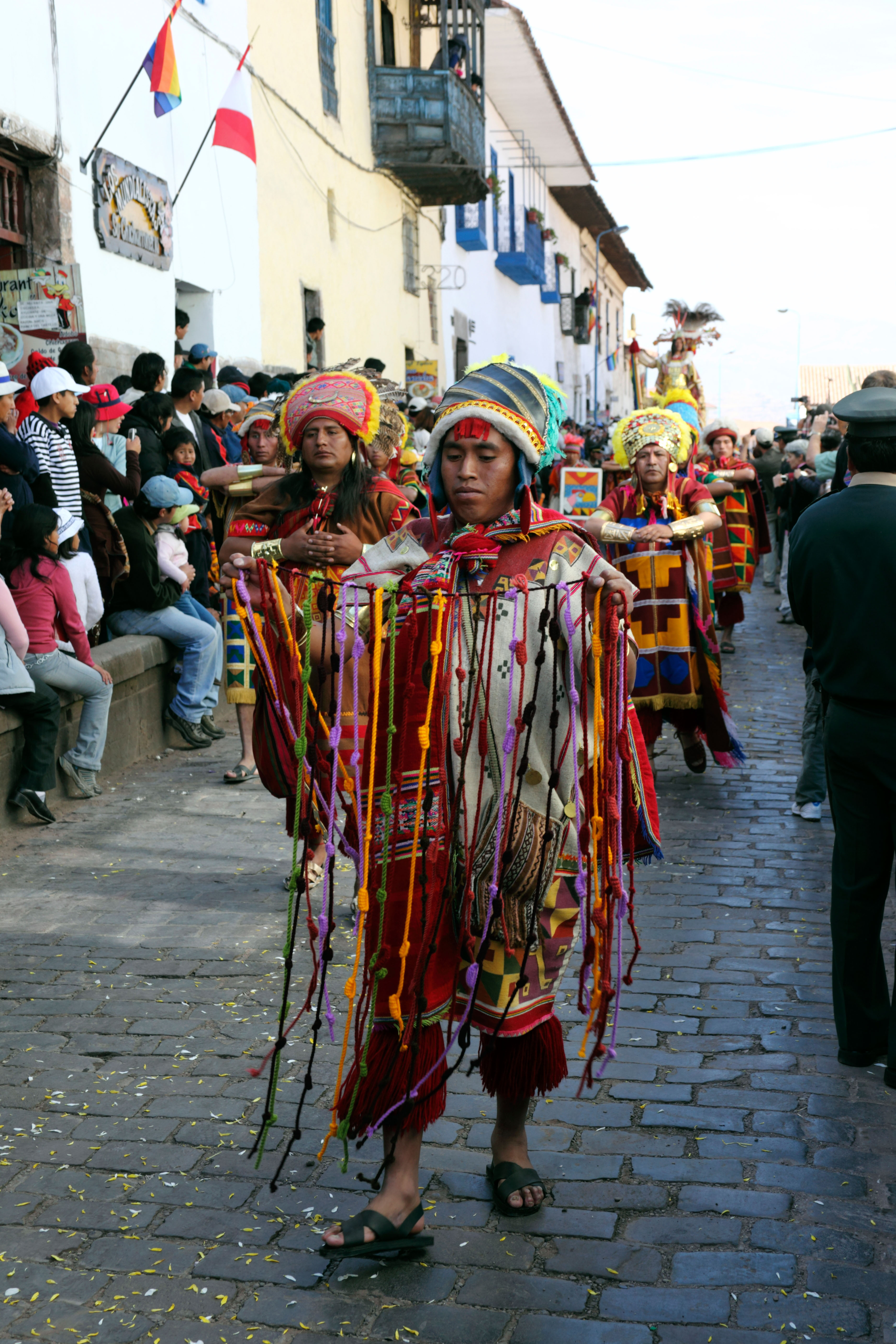Cusco << KOOS koh >> (pop. 450,095), also spelled Cuzco, is a city in the Andes Mountains in southern Peru. It was the capital of the Inca empire in the 1400’s and early 1500’s.

People had begun living in the Cusco area by about 1300 B.C. However, the Inca may not have settled in Cusco until about the A.D. 1200’s. The Inca empire began about 1438 under the ruler Pachacuti, who rebuilt Cusco as the empire’s magnificent capital. The Inca thought of Cusco as the center of the world. A network of roads linked Cusco with the rest of the empire.
Cusco appears to have been built in the shape of a puma (mountain lion). Religious ceremonies played a large role in Inca life, and an important temple and fortress called Sacsayhuamán stood at the head of the puma. Another major temple, known as Coricancha, stood near the city’s central plaza.

Only Inca nobles were allowed to live in the central part of Cusco. About 100,000 other people lived in other parts of the city. The city’s main buildings—its temples and palaces—had walls of finely fitted stone blocks and roofs of thatch. Cusco also had a zoo and botanical gardens.
The Spanish explorer Francisco Pizarro conquered Cusco in 1533 and took over the Inca empire. Fire swept through the city in 1536, when the Inca unsuccessfully rebelled against Spanish rule.

Today, Cusco is the capital of the department of Cusco, an administrative region of Peru. The city is a trading center for local farmers and the makers of such traditional local products as chocolate, cotton and wool textiles, metalwork, and pottery. It also has a brewing industry. Many tourists visit Cusco to see Inca and Spanish colonial architecture and to tour the ancient Inca site of Machu Picchu, which is nearby.
